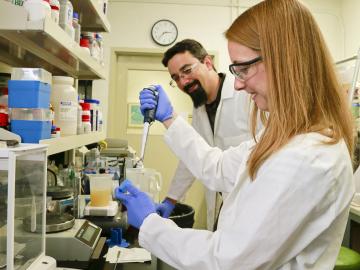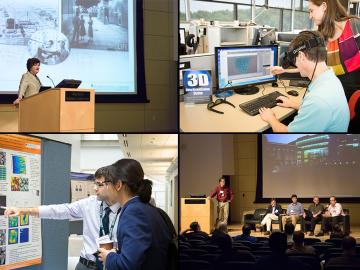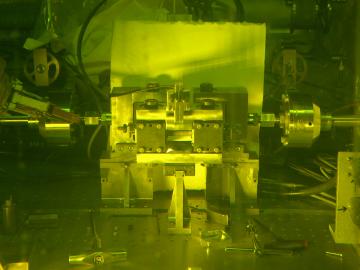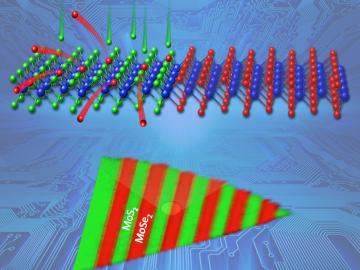
Polyphase wireless power transfer system achieves 270-kilowatt charge, s...


In the Stone, Bronze and Iron Ages, the state of the art of materials science defined technology’s zenith and accelerated economies. Now, in the Information Age, data is beginning to drive the development of advanced materials, from photovoltaics for solar energy and superconductors for efficient el...

A new technology developed by the U.S. Department of Energy’s Critical Materials Institute that aids in the recycling, recovery and extraction of rare earth minerals has been licensed to U.S. Rare Earths, Inc.








